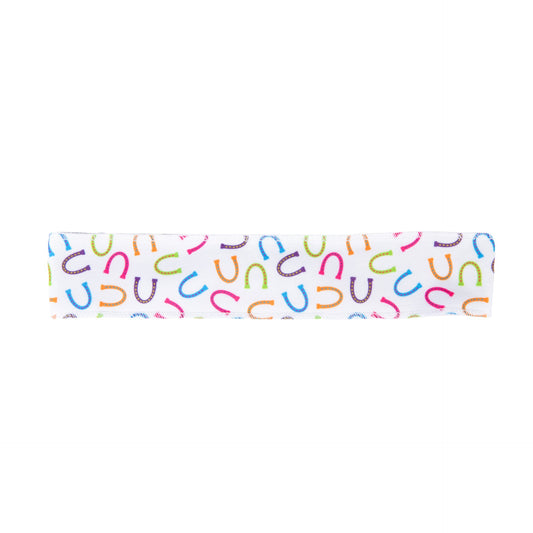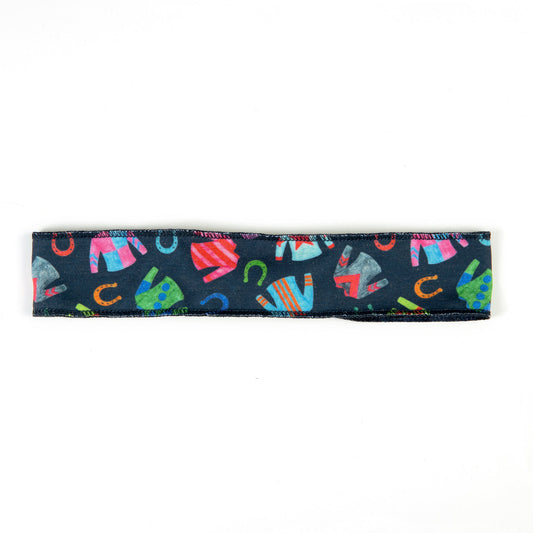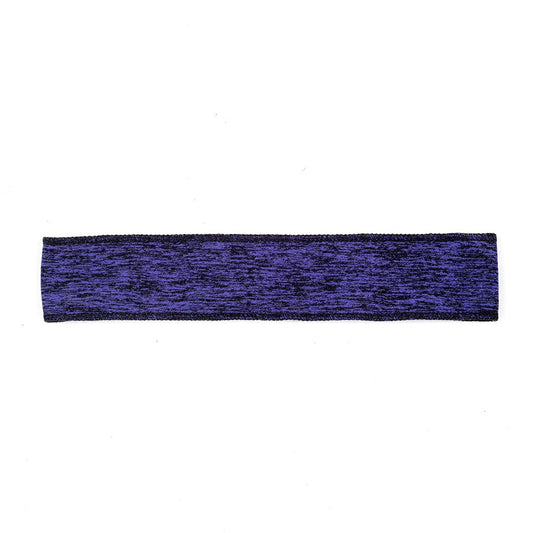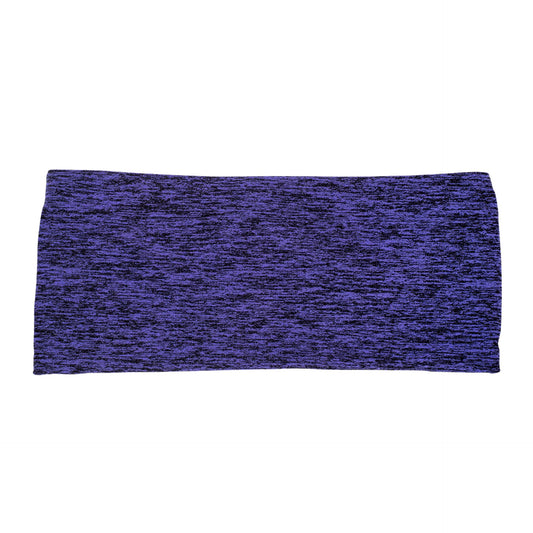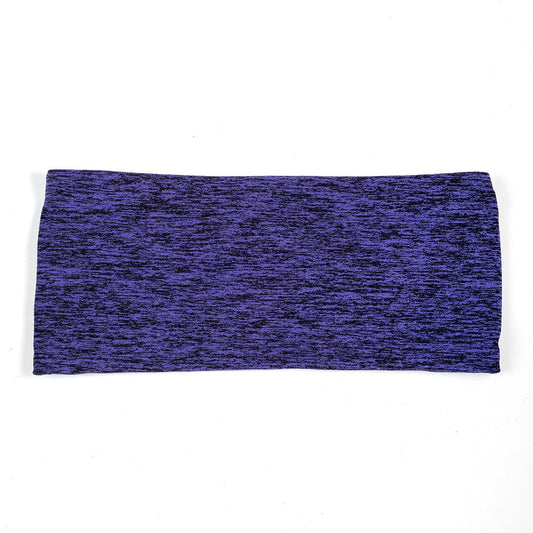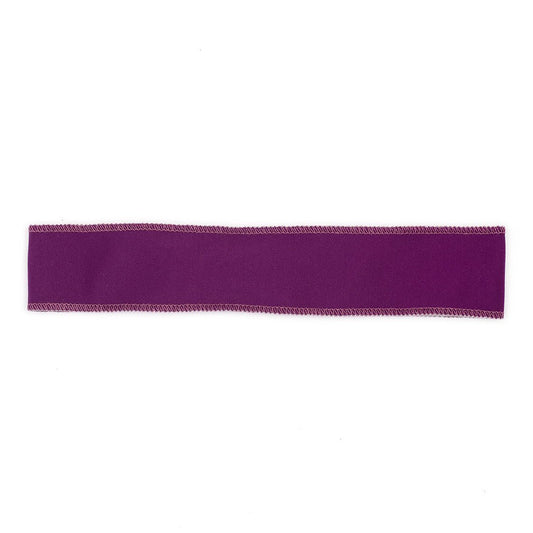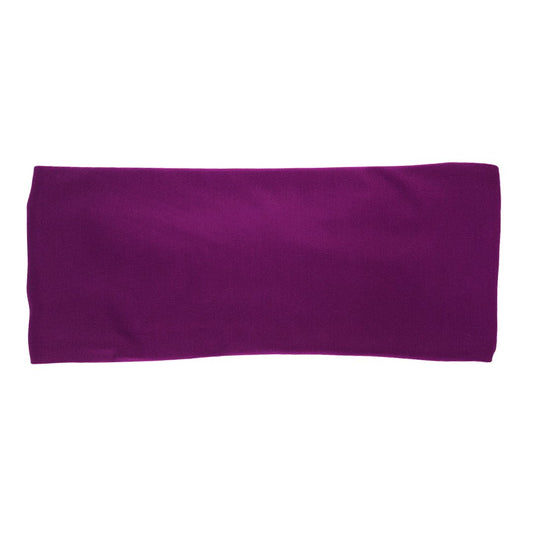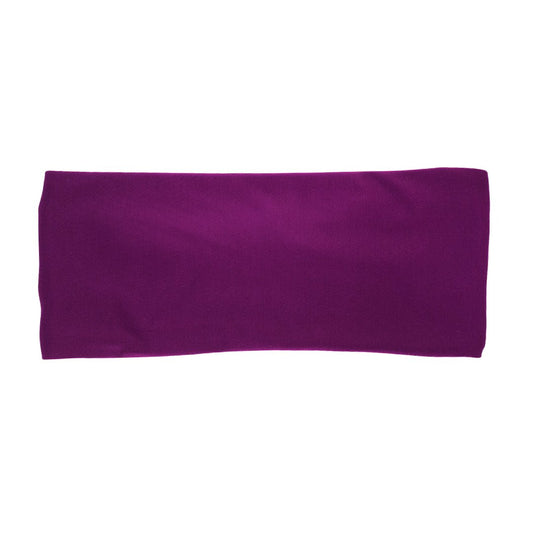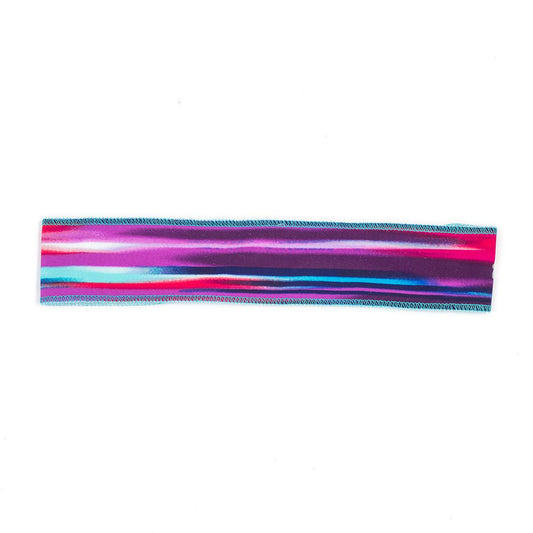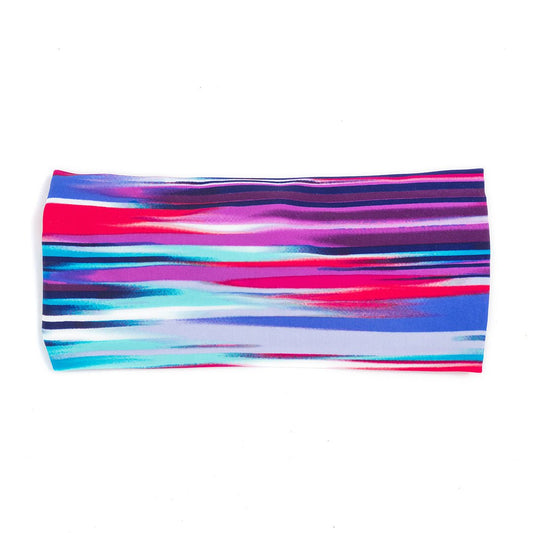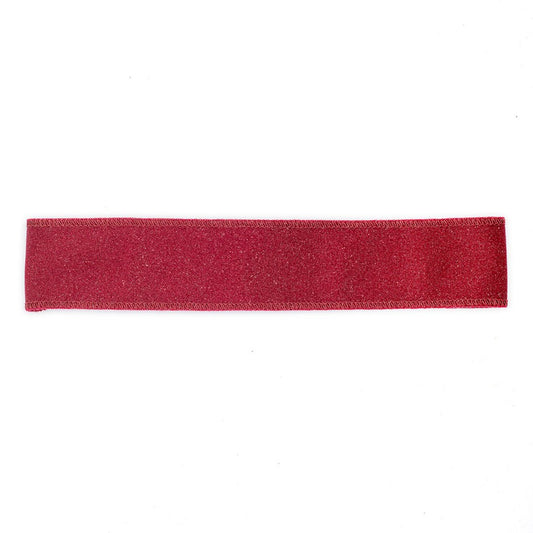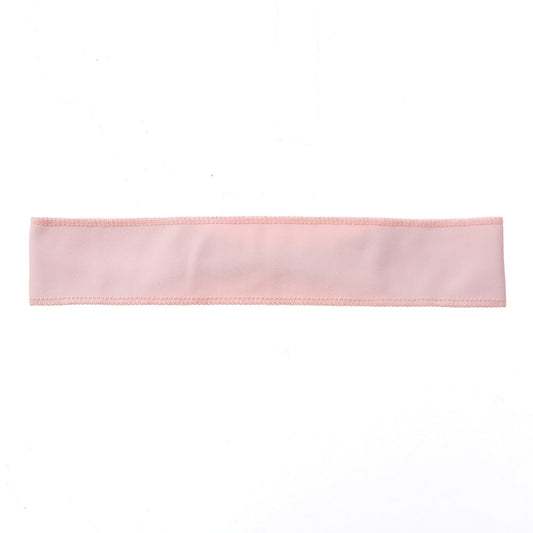How to Carry Water on your Next Adventure
Share
Hydroflasks, handhelds, hydration belts, camelbacks. Hearing people talk about how they carry water seems like a different language. Whether out and about with your family or exercising on your own, water is important, especially this time of year. The seemingly endless options, including brand and style, can be intimidating.
How you carry water on your walk, hike, or run is a very personal preference. What works for others might not work as well for you, so being familiar with the options makes shopping a little less overwhelming. This post will cover the three main ways to carry water when active along with options for each.
-
Hydroflasks and handhelds—The simplest option for a shorter trek is some kind of hydroflask, a more traditional refillable bottle, or handheld bottle. Many hydroflasks have a ring at the top to clip to a backpack, so you don’t to carry it or worry about losing it. Most can fit into a side pocket on a backpack, and of course you have the versatility of being able to use it in daily life as well. With many insulated options, you don’t have to worry about your water heating up.
A handheld water bottle has a strap around it to slip your hand into to help hold the bottle without gripping. With a zip or velcro pocket on the back side, they can hold your keys, cards, or nutrition as well. Nathan’s handhelds are popular because of their ergonomic design, making them comfortable. And you don’t have to limit yourself to just one. Be like ultrarunner and Western States Record holder Jim Walmsley and carry one in both hands for balance and extra water capacity.
-
Hydration belts—Fanny packs are back! A popular method for carrying water when you want to stay hands free, hydration belts add holsters for your water bottles to the traditional fanny pack. You get a small amount of storage for nutrition and essentials as well as a way to carry water. Refillable bottles made for each model slide into the holsters, so pulling them out to refill is a snap.
Models range from two smaller bottles of around 8 to 12 ounces that fit more on the sides/front to a 20 ounce bottle that fits along the small of your back. Double bottles work well for people that like to mix up their hydration with an additive like Sword or Nuun but still want a plain water option as well. Amphipod gets raves for its double bottle belt.

With options including hard and soft flasks, you can find something that works best for you. Hard flasks usually hold more water, and soft flasks can be more comfortable. The Salomon waist belt is light, but the soft flask only holds about 8 ounces of water. Consider the length of your adventure and how much you might need as well as if there are any places to refill. Again, it’s all personal preference.
-
Hydration vests/camelbacks—For longer adventures, you may need 40 ounces or more of water. And if you’re out with no to little access for refilling, gear with a larger carrying capacity is a must. Vests and camelbacks are the perfect solution with large pockets on the back to carry a water bladder of one liter or more. With a tube that snakes out and slides under a strap near your shoulder, you can sip on the go without having to pull anything out of a pocket.
Vests are the bulkier but more versatile solution. With front pockets to hold soft flasks, you can add a bladder to the back or forgo the soft flasks all together depending on preference and need, like with the popular Nathan models. With plenty of pockets for easy access storage, they keep your hands free with room to stow extra sunscreen, a small first aid kit, and/or all the snacks you want.
Camelbacks are sleeker with just a bladder and sometimes no front pockets. If you want less weight and won’t need to get into the pockets on your run or hike, they can be the perfect fit. Camelbak is a popular brand that has seen many hikers and runners through their treks.

That said, Orange Mud is really changing the game with their hydration packs. A blend of vests and camelbacks with either water bladders and pockets for soft flasks in the front or hard flasks worn quiver style and lots of storage depending on the model, they are light in weight no matter which option you pick. The strap based design makes these one size actually fits all.
Before you make a decision on what kind of water carrying gear you need, look at what you’ll be doing with it, where you’ll be going, and how long you’ll be out there. Then look at whether you’ll want just water or water plus another liquid source of nutrition/electrolytes to help you make a decision.
Above all, try them on, whether a handheld, waist pack, or vest/camelback style pack and pick what seems most comfortable for you. What’s your favorite way to carry water when out on an adventure? Are you a hands-free person or a handheld person? Waist packs or vests or camelbacks? Tell us in the comments below!




